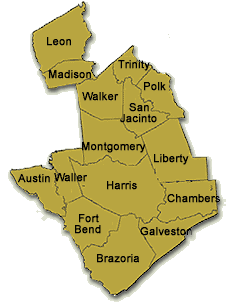|
| Home | | About Us | | Water Planning | |
Groundwater | |
Conservation | |
Environmental Flows | |
Drought Mgmt. | |
Resources | |
Search | | ||
|
Region H
2001 Regional Water Plan Overview  Basic Plan Facts
What's at Issue?
For a number of reasons, this region provides an example of tentative steps in the right direction. First, it was one of only a handful of regions that incorporated advanced conservation measures into their planning efforts. Unfortunately, while the measures were extended to both municipal and agricultural water users, they seemed to only be included in geographic areas that have projected shortages. Secondly, Region H was the only region to designate stream segments with "unique ecological value." While seemingly a bold step for the protection of the region's natural resources, the designations seem to only include those segments that would not be adversely affected by proposed strategies. Lastly, this region was one of only a few to include serious discussions of the need for freshwater inflows into the bays and the only one that included actual proposed inflow amounts. The discussion included an overview of the necessary inflows for the Galveston Bay System. Unfortunately, there was no analysis of the actions needed to ensure those inflows occur and that the system is protected from future water supply developments in the region.Action Items
Here are some of the items the Region H Planning Group must address.For conservation and drought management, the plan needs to...
To secure the protection of flows for fish and wildlife, the plan needs to...
To avoid destroying valuable wildlife habitat and productive farmland, the plan needs to...
To ensure that only the most economically sound water supply strategies are implemented, the plan needs to...
Additional Resources
Analysis
The National Wildlife Federation analyzed the initially prepared plan using their Principles for an Environmentally Sound Regional Water Plan. Please contact us for more information about this analysis.
|
||||||||||||


 Region H
Region H